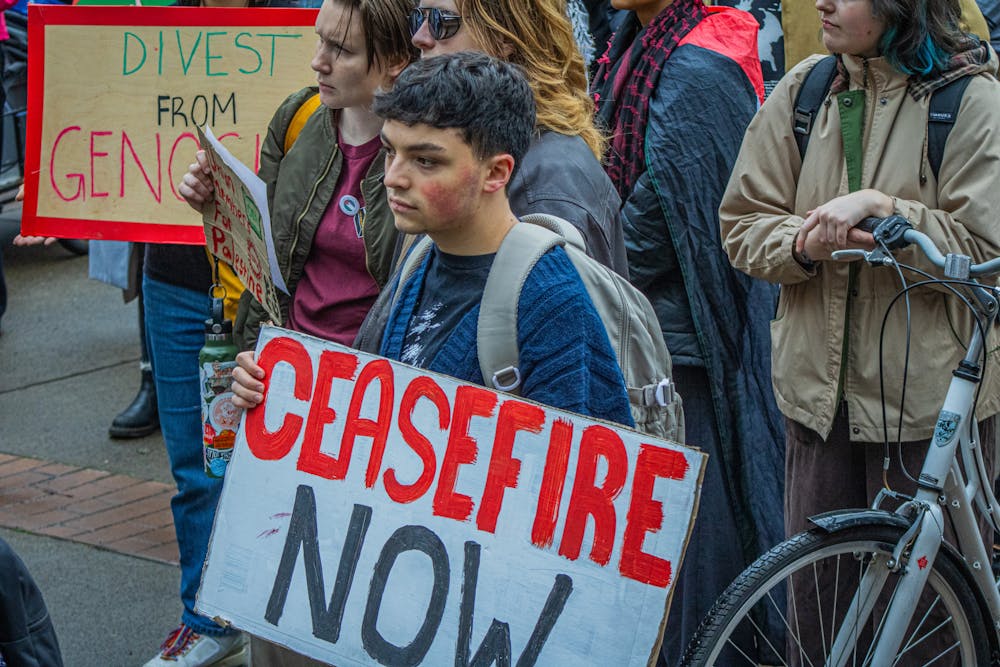By Paige Gould
Staff Writer
The Guardian reported on Jan. 16 that after 460 days of conflict, a ceasefire agreement was reached between The Islamic Resistance Movement, abbreviated Hamas and Israel.
According to Al Jazeera, on Jan. 19, Qatar’s Prime Minister Al Thani announced that the ceasefire would take effect, marking a temporary halt to the fighting.
The deal calls for an immediate end to Gaza bombings and includes plans for exchanging captives, Reuters reported. Palestinian prisoners held by Israel and Israeli captives held by Hamas are to be returned. The agreement also envisions Palestinians returning to Gaza.
The first phase of the ceasefire is set to last six weeks, according to Al Jazeera. During this period, there will be a limited prisoner exchange, a withdrawal of some Israeli troops and increased delivery of humanitarian aid. One area, the Netzarim Corridor, will take longer to clear because of its heavy military presence, requiring several steps before it can be fully returned to civilians.
Shortly after the ceasefire announcement, humanitarian actions began. According to United Nations News, Israel agreed to allow 600 trucks carrying aid into northern Gaza each day to help ease famine risks and allow displaced Palestinians to return home.
Israel has also promised to open the Rafah border crossing with Egypt so that injured Palestinians can get medical treatment. However, some targets remain unmet, according to The Times of Israel. At around the same time, efforts for prisoner exchange were underway.
Al Jazeera reported Israeli authorities released 90 Palestinian prisoners from Ofer Prison, despite seven people being injured during celebrations. In exchange, Hamas handed over three Israeli captives to the International Committee of the Red Cross, which then facilitated their return to Israeli control outside Gaza. However, according to NPR, while Hamas claimed commitment to the ceasefire, they also blamed delays on the ambitions of Prime Minister Benjamin Netanyahu.
Al Jazeera reported international efforts continued as the World Health Organization evacuated 39 patients and 55 caregivers from Gaza through the Rafah crossing with Egypt. Meanwhile, Netanyahu traveled to Washington, D.C. to hold talks with United States officials about the situation.
The Times of Israel reported negotiations for the second phase of the ceasefire are uncertain, leaving many questions about next steps. In the West Bank on Jan. 19, an Israeli raid in Sebastia resulted in the fatal shooting of a Palestinian teenager, according to Middle East Eye.
Tensions in the occupied West Bank have risen due to increased clashes involving Israeli forces, Israeli settlers and Palestinian residents. Military operations have led to arrests and property damage, while Israeli settler-Palestinian confrontations have escalated. Restrictions on movement and land disputes contribute to ongoing unrest, prompting protests and responses from all sides.
According to Al Jazeera, the Palestinian Authority has firmly asserted that “Palestinians will not accept any resettlement plans or an alternative homeland.”
Since the ceasefire deal, at least 103 Palestinians have died and 264 have been wounded by Israeli attacks by Jan. 17, Al Jazeera reported. As the death toll rises, there is more Israeli state-sanctioned violence towards Palestinians in the West Bank.







